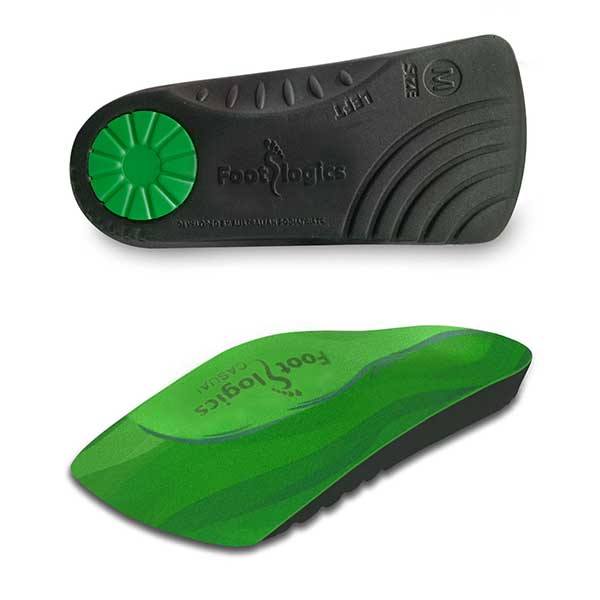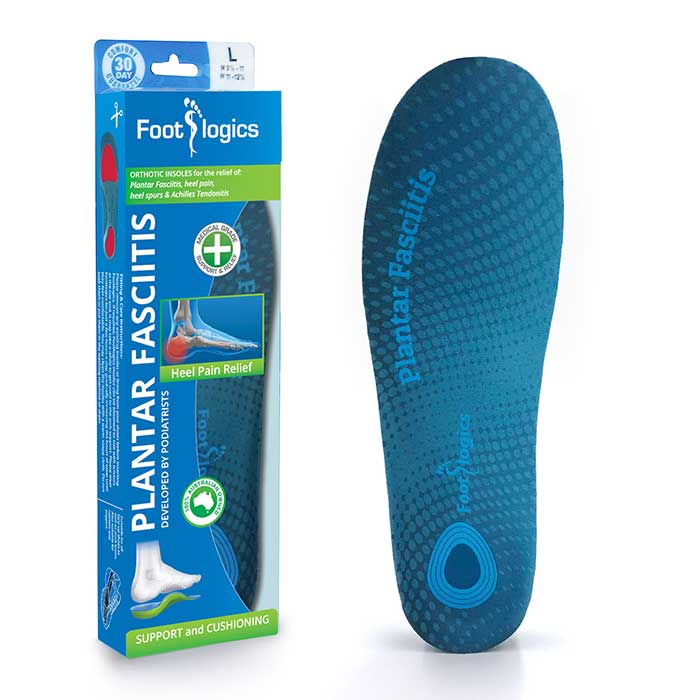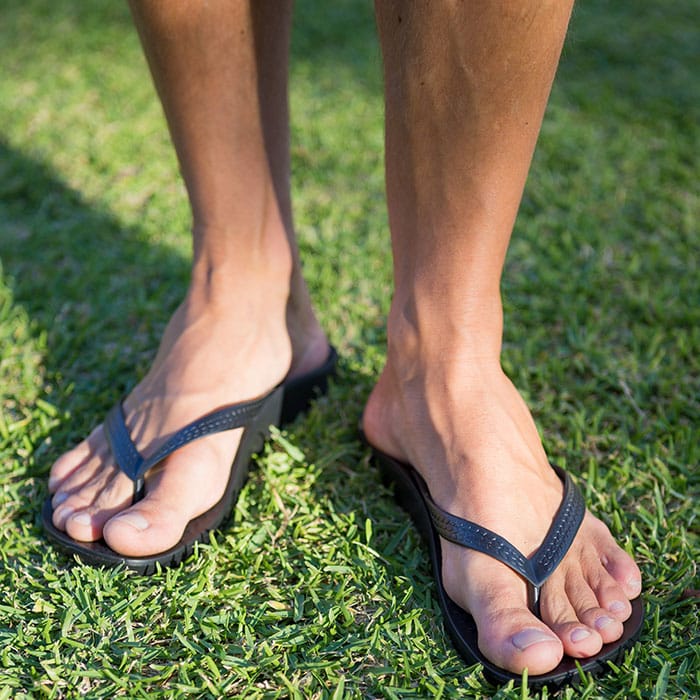Free Shipping On All Orders Over $75
Free Shipping on all orders over $75 Australia Wide
Free Shipping On All Orders Over $75
Free Shipping on all orders over $75 Australia Wide
Do you wake up in the morning and feel a stabbing pain in your heel with your first steps?
Does heel pain cause you to suffer throughout your day? You’re not alone! Every day thousands of Australians suffer from heel pain. It is by far the most common foot complaint. Fortunately, there are some simple, medically proven ways to relieve this problem and prevent the return of pain in the heels.
This article explains this painful condition in layman’s terms and offers effective, yet inexpensive remedies to help relieve heel pain. There are number of different types of heel pain, including Achilles Tendonitis (pain at the back of the heel) and also Sever’s Disease (heel pain in young children).
The information below is mainly focused on the most common form of heel pain (at the bottom of the heel), also known as Plantar Fasciitis.
Most people experience heel pain with their first steps in the morning, after getting out of bed. It is presented by a sharp stabbing pain at the bottom or front of the heel bone.
Heel pain usually goes away to some extent throughout the day as nerves and tissue adjust and become accustomed to the inflamed area. After periods of inactivity (e.g. sitting for a long period) heel pain will return more severely. In the morning, heel pain is often at its peak immediately after getting out of bed. During rest, the plantar fascia tightens and shortens. When getting up body weight is rapidly applied to the foot and the fascia must stretch and quickly lengthen, causing micro-tearing of the fascia band. Hence, the sharp heel pain with your first steps in the morning.
Most heel pain sufferers often also experience tight calf muscles and tight or tender Achilles tendons (the ligament at the back of the heel). This is why stretching exercises form such an important part of your heel pain treatment regime, especially first thing the morning.
The most common cause of heel pain (and heel spurs) is Plantar Fasciitis. This is Latin for inflammation of Plantar Fascia. The plantar fascia is the flat band of tissue under the foot that connects your heel bone to your toes. It supports the arch of your foot. Normally, the fascia is flexible and strong. However, due to factors such as abnormal stress, excessive weight, age, or poor foot function, painful stretching and micro-tearing of the plantar fascia occurs leading to irritation and inflammation at the attachment of the plantar fascia into the calcaneus (heel bone).
There are a number of other factors that play a role. For example, heel pain is more likely to happen if you:
– suffer from over-pronation (fallen arches)
– stand or walk on hard surfaces, for longer periods
– are overweight or pregnant
– have tight calf muscles and/or Achilles tendons
Continuous pulling of the plantar fascia at the heel bone, eventually leads to the development of a bony growth on the heel bone (calcaneus). This is called a heel spur. The heel spur itself is actually not causing the pain. It is the inflamed tissue around the spur that causes pain and discomfort. Therefore, there is no real need to have heel spurs surgically removed in the treatment of heel pain and heel spurs. In fact many thousands of Australians walk around with heel spurs without even knowing it!
Heel pain can be debilitating and severely hamper your walking, stopping you in your daily activities. The longer you leave heel pain untreated, the more difficult it will be to get rid off! Heel pain can be treated – in most cases – with simple, non-surgical methods. Treatment should begin by refraining from putting any additional stress on the inflamed area. Therefore, do not walk or run long distances or participate in any exercise or sports activities that have repetitive impact on the heel.
To achieve temporary, short-term relief from heel pain:
• rest, avoid prolonged activity, such as walking, running and sports
• apply ice onto the heel for about five minutes
• take anti-inflammatory medications (Ibuprofen, Nurofen etc)
However, the above methods do not provide significant long-term relief from painful heels. Podiatrists agree that for long-term pain relief and prevention you need to do two things:
• do some daily stretching exercises – more info here
• wear orthotic insoles
The most effective solution to heel pain is to treat the cause of the problem by correcting abnormal foot mechanics with orthotic insoles. A recent Heel Pain study by the American Orthopaedic Foot and Ankle Society (AOFAS) found that by wearing orthotics, combined with a number of daily exercises, 95% of patients experienced substantial, lasting relief from their heel pain symptoms!
Based on years of biomechanical research, Footlogics orthotics were developed by Australian podiatrists (foot specialists) to provide longitudinal and metatarsal support and to restore correct lower limb biomechanics. Footlogics orthotic insoles greatly reduce over-pronation, preventing foot strain and injury and providing excellent walking comfort. They are the ideal footbed for the relief and prevention of heel pain and Plantar Fasciitis.
Footlogics orthotics..
– are available in a range of shoe sizes
– are available in different models to suit various types of shoes
– are odour-free and can be hand-washed
– are ‘self-moulding’ – i.e. they adapt to your foot shape, after a few weeks of wearing
When you’re not wearing orthotics inside your shoes, the alternative is Footlogics Orthotic Thongs for continuing support and relief. Footlogics Australia is registered with the TGA (Therapeutic Goods Administration) under the category ‘Medical Devices’.
You can buy Footlogics insoles and thongs with arch support from selected pharmacies or directly from Footlogics Australia at our online-shop. Your on-line purchase comes with a 90-day Money-Back Guarantee.
Recently, we launched a new collection of sneakers, especially designed for heel pain.
NOTE: If pain persist we recommend you consult a health professional for appropriate diagnosis and treatment. Visit the Australian Podiatrists Association to find your local podiatrist.

Array
(
[0] => 6016
[1] => 6010
[2] => 6011
[3] => 6012
[4] => 6263
[5] => 6262
[6] => 5981
)


Array
(
[0] => 5986
[1] => 5982
[2] => 5983
[3] => 6259
[4] => 5987
[5] => 5981
)


Array
(
[0] => 17133
[1] => 1210
[2] => 1209
[3] => 17135
[4] => 17134
[5] => 975
)

Follow Along On Instagram